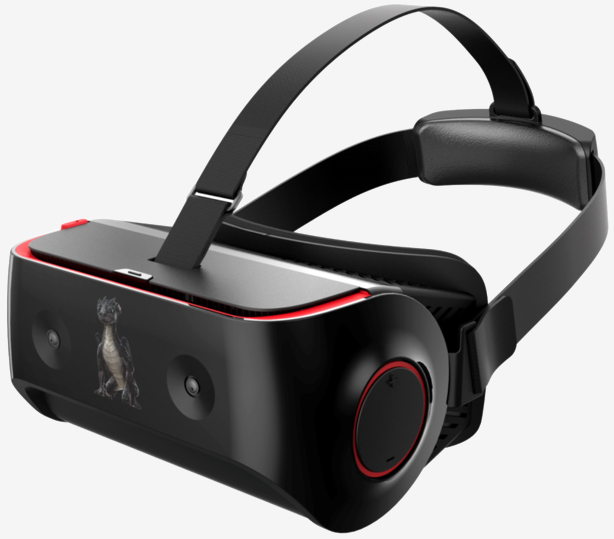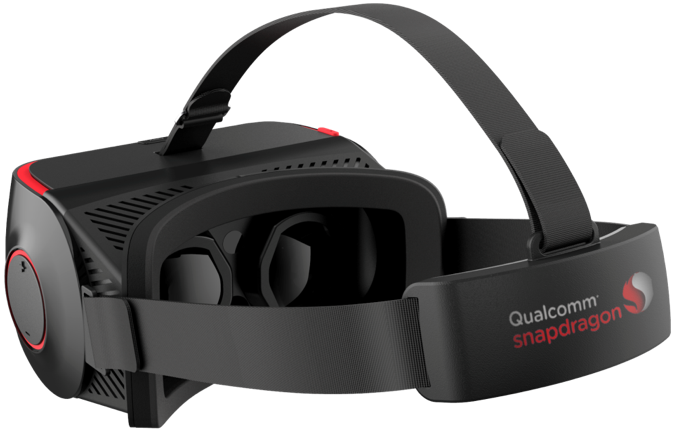
With virtual reality poised to be the next big, it’s no surprise to see a gamut of technology companies jockeying for position. The latest titan to throw its name into the hat is an unsuspecting one: Qualcomm.
The company’s venerable Snapdragon 820 SoC has served as the power plant for a large number of flagship Android smartphones and tablets this year and soon, it’ll be the star of the show in a virtual reality reference platform called the Snapdragon VR820.

Built in collaboration with Chinese electronics firm Goertek, the VR820 is unique in that it’s a self-contained platform – no smartphone to insert or PC to connect to. Although its refresh rate is a bit low for VR at 70Hz (the Oculus Rift and HTC Vive use a 90Hz refresh rate), its two 1,440 x 1,440 resolution AMOLED displays (one per eye) top the competition’s 1,080 x 1,200 panels.
Another interesting feature is the ability to track head movement without relying on an external array of sensors. Furthermore, the visor uses two cameras for eye tracking.
When asked about Intel’s recently announced Project Alloy merged reality device, Qualcomm product management senior director Hugo Swart told The Verge that based on their understanding of what competitors are working on, he sees the Snapdragon VR820 as a much closer-to-commercialization product.
Qualcomm says its VR820 should be available by the end of the year with commercial products from third-party partners arriving shortly thereafter. Pricing hasn’t been set although it’s likely to be in the range of a higher-performance tablet.
https://www.techspot.com/news/66185-qualcomm-unveils-reference-design-all-one-snapdragon-820.html